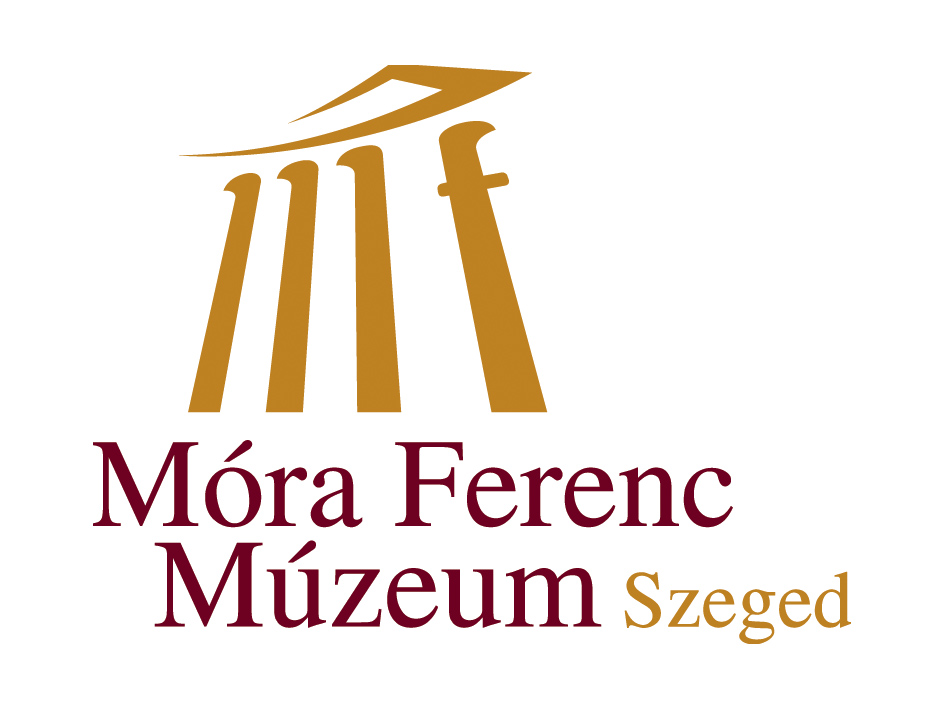8. Transcription of Chinese names and words
8. Transcription of Chinese names and words
European academics (first of all the Jesuit missionaries who travelled to China) showed a keen interest in Chinese language, culture and history from the 16th century. Those who learned Chinese and then returned to the old continent tried to make the words of the Chinese language readable for the people here, and so they transcribed them. However, the various European languages and scripts are not exactly suitable to accurately reproduce the original Chinese words and expressions. In addition, for many centuries there was no linguistic/spelling principle that laid down the rules for the exact transcription. As a result, for a long time, almost everyone transcribed Chinese names and words in any way they liked.
Over time, of course, national languages (English, French, German, Russian, etc.) developed their own set of rules, which the authors publishing in these languages tried to apply. However, due to the specific characteristics of the language, there were significant differences between European translations of the same Chinese expression, which often led to misunderstandings. For example, shuang (English transcription) = chouang (French transcription); hsiung (English transcription) = hiong (French transcription); chui (English transcription) = tchouei (French transcription).
To remedy this, in 1958 the Committee for the Reform of Chinese established the so-called pinyin transcription, which aimed to standardize the rules for transcribing Chinese at an international level with a writing system using letters of the Latin alphabet. In recent decades, the use of pinyin has become dominant in many language areas (the Anglo-Saxon world included).
For those interested, the table below lists the pinyin equivalents of the Chinese words and names in the exhibition:
Chinese Pinyin
長安 Chang’an
赵康民 Zhao Kangmin
氣 Qi
秦朝 Qin chao
周 Zhou
楚國 Chuguo
二里頭文化 Erlitou wenhua
風水 Feng shui
伏羲 Fuxi
汉朝 Hanchao (朝 – dynasty)
河南 Henan
香港 Xiang gang
河北 Hebei
夏 Xia
西安 Xi’an
新朝 Xin chao
匈奴 Xiongnu
黄河 Huang He
皇帝 Huangdi
杨志发 Yang Zhifa
嬴政 Ying Zheng
云南 Yunnan
甘伯宗 Gan Bozong
甘肃 Gansu
孔子 Kong zi
昆明 Kunming
郭詡 Guo Xu
蘭州 Lanzhou
老子 Laozi
禮記 Liji
临潼区 Lintongqu (区 – district)
骊山 Lishan
漢光武帝 Han guang wudi
劉邦 Liu Bang
劉勝 Liu Sheng
洛阳市 Luoyangshi (市 – city)
馬麟 Ma Lin
毛泽东 Mao Zedong
商朝 Shang
陕西 Shaanxi
神農 Shennong
石家莊 Shijiazhuang
司馬遷 Sima Qian
臺北市 Taibeishi
大禹 Da Yu
中華民國 Taiwan
道教 Daojiao (Taoism)
王 Wang
王莽 Wang Mang
文徵明 Wen Zhengming
武丁 Wu Ding


